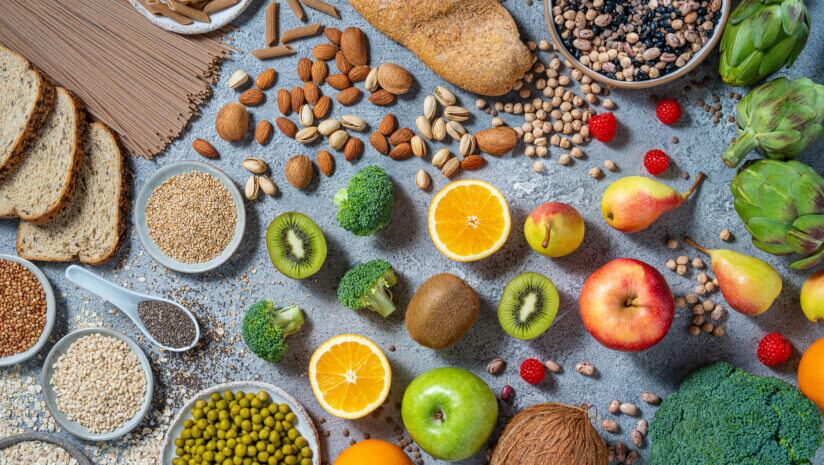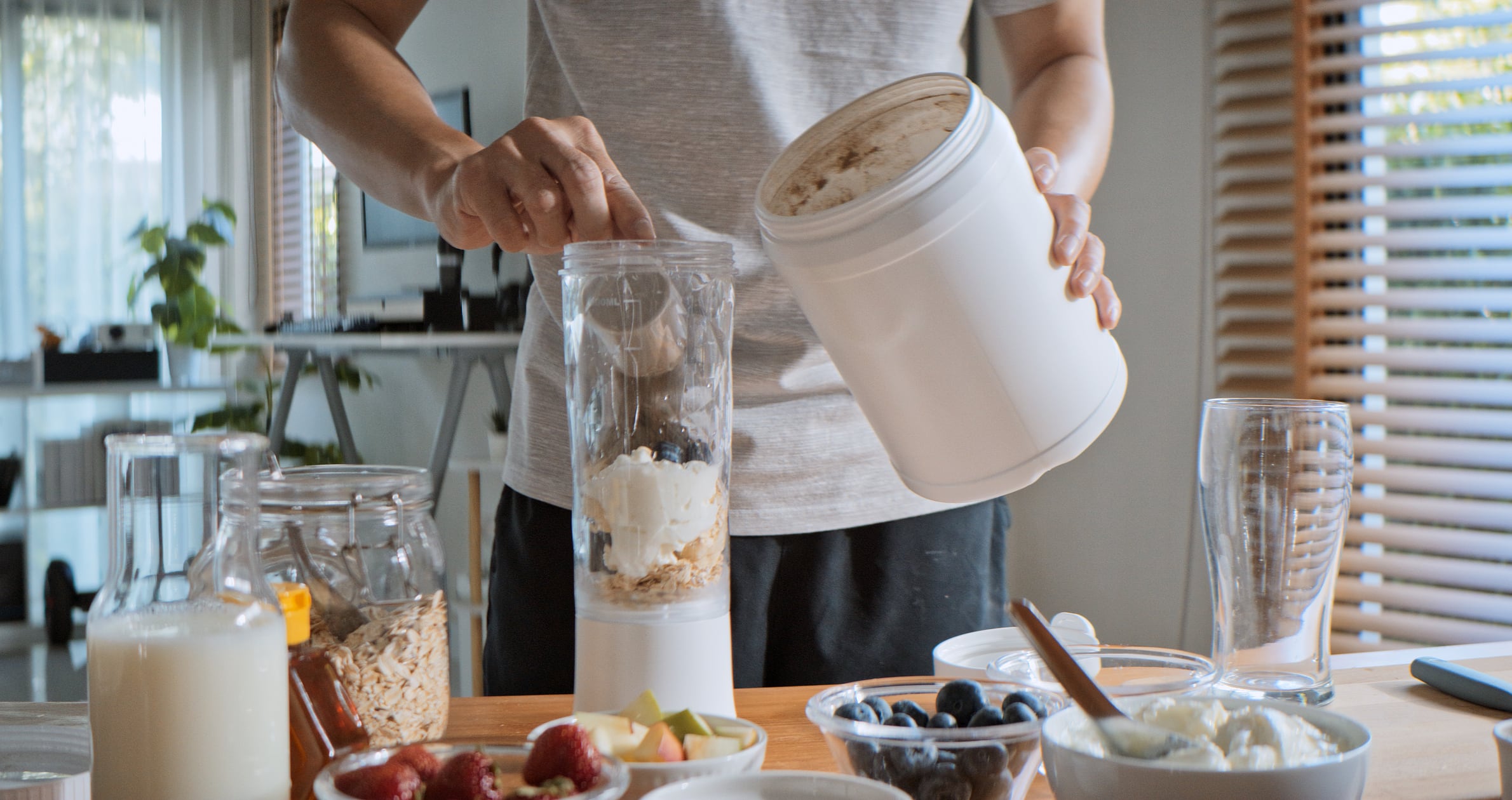Usher in the era of fibermaxxing.
The trend has taken off in recent months due to online influencers like Dr. Michelle Cardel, PhD, Dr. Karan Rajan, MD, and fitness coach PJ Morrison who are promoting the max consumption of fiber at mealtimes.
“I think we’ve reached a critical mass, and now the trend is just like wildfire,” Kristie Leigh, RD, director of nutrition and scientific affairs at Danone North America, told NutraIngredients. “I have a 16-year-old daughter who is talking about fibermaxxing.”
Although diet-based trends often come and go, Leigh said fibermaxxing will likely stay for some time, likening it to that of the gut talk trend now a couple of years old.
“I’m still seeing lots of influencers and even dieticians still talking about gut health and democratizing gut health issues,” she said.
What is fibermaxxing?
Fibermaxxing is a relatively simple concept: intentionally maximizing how much fiber a person eats throughout the day.
Fiber is the part of plant food that is not digestible and is comprised of two types—soluble fiber and insoluble fiber. Soluble fiber, which dissolves in water, can help lower cholesterol levels, regulate blood sugar levels and even minimize the risk of heart disease. Insoluble fiber goes through the digestive system mostly intact and adds bulk to stool, helping regulate bowel movements.
Leigh said she has no real concerns about people getting out of hand with their fiber intake, but they should be aware of the importance of drinking enough water with fiber consumption. It may seem counterintuitive, but too much fiber can be constipating.
Also, Leigh does not recommend consuming fiber in vast quantities for someone not used to eating it regularly. It should be a gradual build up, she said.
“I will do everything I can to keep fibermaxxing going because I think it’s so helpful,” she said. “It’s more helpful than all the super protein consumption trends… colon cancer is the No. 1 killer of men now under the age of 50.”
Although women were doing the bulk of talking online around digestive issues, Leigh said more men are pushing the conversation to overall health, not just promoting weightlifting.
“If we’re thinking of all the benefits of fiber—glucose control, digestive health, etc.— I don’t see really the downside of fibermaxxing unless people are going from zero fiber to high amounts of fiber,“ she added. ”That’s when there’s a ton of digestive issues.”
Supplements
Not everyone has the time to prepare fruits and vegetables for a sit-down meal. Other people dislike eating these food groups.
“There are people who do not like fruits and vegetables, and to ask them to add 30 different fruits and vegetables or 30 different plant foods into their diet every week, is a really big ask,” Leigh said.
“If there’s a dislike issue for the main source of fiber that you have access to, or if there’s a convenience issue, then getting fiber from supplements is better than nothing.”
It is also important to diversify the supplements taken just as one would with a rainbow of fruits and vegetables they eat.
“So even if your primary way of getting fiber is through supplements, diversify your supplements,” she said. “It’s getting as many different types of fiber sources as you can to get the many different types of benefits of fiber.”
According to Harvard Medical School, Americans eat 10 to 15 grams of fiber per day, though the daily recommended amount by the U.S. Department of Agriculture is 25 grams for women and 38 grams for men up to age 50. Women and men older than 50 need to consume 21 and 30 daily grams of fiber, respectively.
Leigh recommends around three dozen different plant foods a week based on The American Gut Project guidelines. That initiative examined 1,000 gut samples and found that individuals with the healthiest guts consumed about three dozen different plant foods a week.
“There’s no upper limit to the consumption of fiber, but you have to listen to your body,” Leigh said. “If you’re eating so much fiber that you can’t go hang out with your friends or you can’t really get off the couch for the rest of the day, is that really healthy? Is that really what’s best for you? My word of caution is to slowly build up that fiber.”



